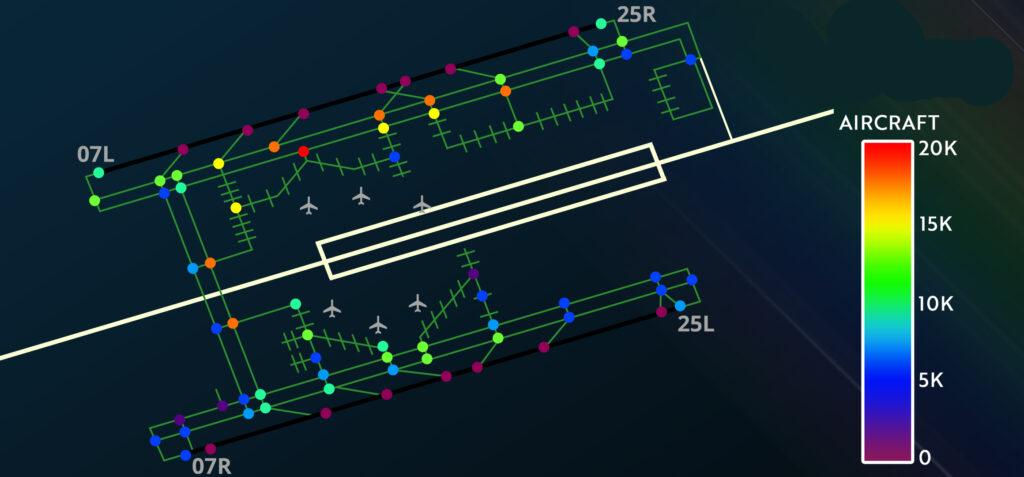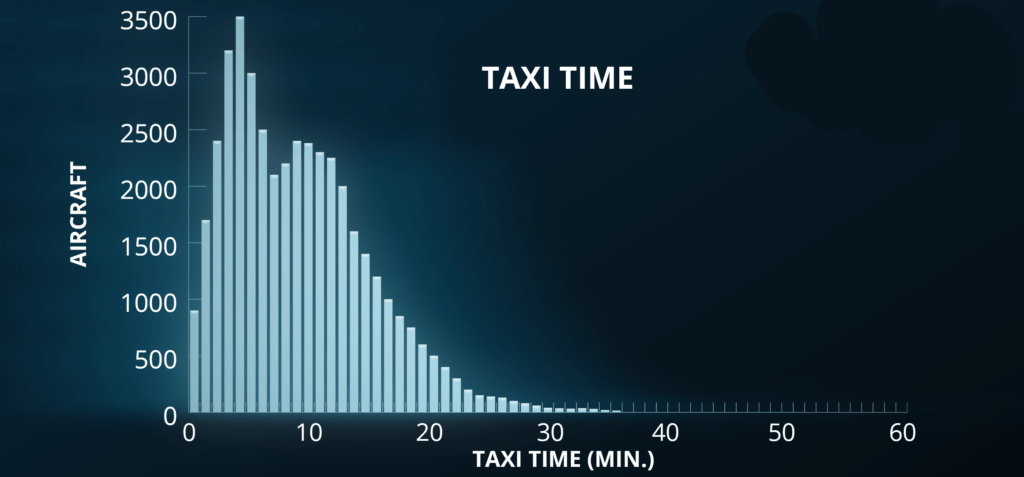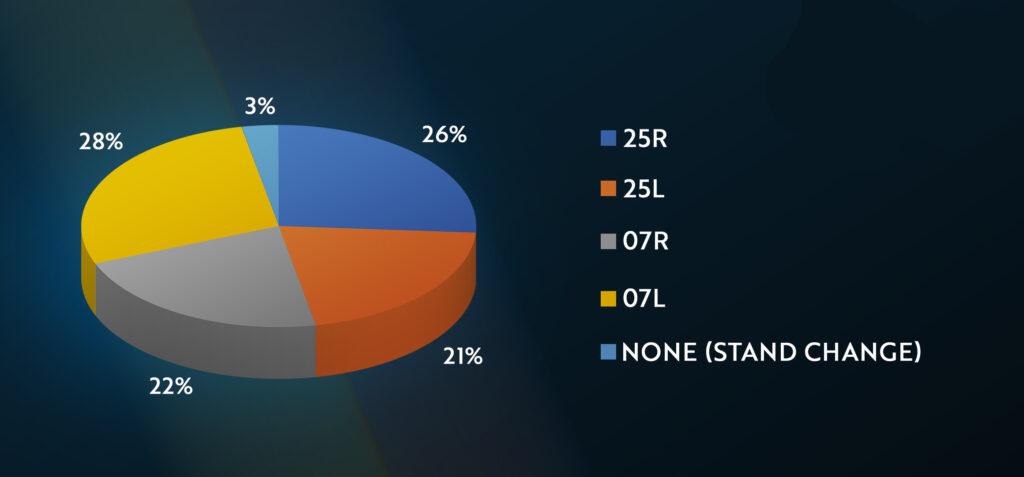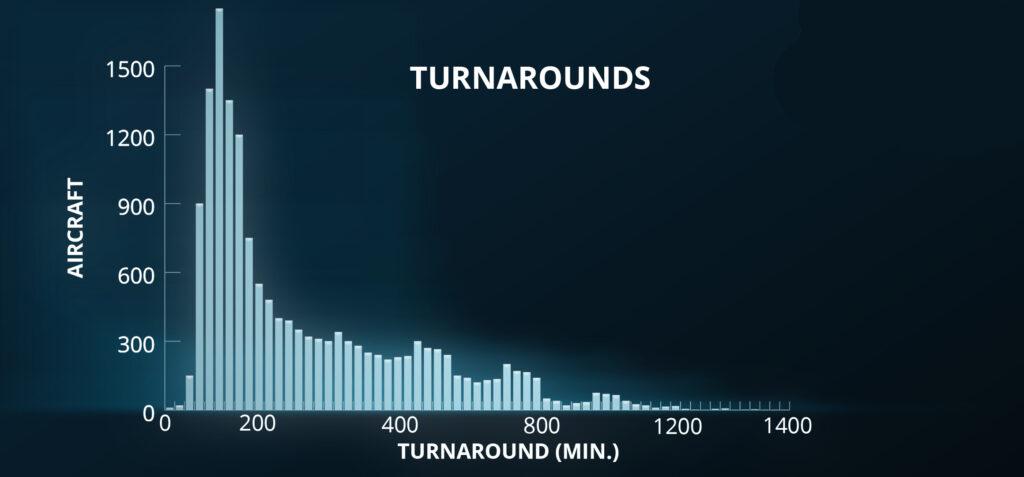AVISIM - Intelligent Airport Simulation and Analytics
AVISU is a specialist Air Traffic Management (ATM) consultancy who advise customers in the air transport industry on procedures and technology, with the aim to improve operations in terms of safety and efficiency. The airport domain is a key focus area for AVISU as traffic numbers continue to rise globally, and infrastructure costs and risks increase. Generally, realising capacity growth is complex and new systems and procedures are increasingly becoming difficult to assess on a business case aspect. The following illustrates the typical customer lifecycle from innovation to deployment, highlighting various key areas in that lifecycle where AVISU looks to add value.
The idea behind AVISIM was born out of the desire to improve the quality of data that could be used in how AVISU analyses the subject and presents advice on the path going forward. It has a powerful capability to simulate changes in the way airport surface movements occur to assess the benefits in time, fuel, safety, and gate allocation etc.

AVISIM is a simulation and analytical tool that can perform analyses linked to airside surface operations across a variety of environmental conditions, Airport systems capability and operational procedures. In particular, its focus is to provide performance evidence to back up decision making regarding the efficiency and safety of surface airport movements.
AVISIM provides an assessment of the runway usage. It can provide analytical output on a range of indicators, from intersections to occupancy and to runway allocations. The most interesting analysis is when bad weather or peak periods of the day combine, to see how the operation handles the pressure and identify where improvements can be made.
It has the capability to perform ‘what-if’ analysis to prove benefit cases or assess planned infrastructure or any procedure changes on the horizon. The software is exceptionally flexible in enabling any planned infrastructure and procedural changes and assessing their impact on performance.
Moving aircraft and vehicles from one point to another on the airport surface is a complex and unpredictable activity. Airports around the globe understand this makes resource planning (for turn around) and runway utilisation an inefficient process. On Time Performance (OTP) can be severely impacted by inefficient routing.
AVISIM is able to analyse large volumes of data on the way aircraft and vehicles move around the airport and assess a range of indicators from taxi times to taxi speeds. This is further broken down into busy and congested routes and correlated to periods when the airport is busy, or poor weather occurs, to identify where improvements can be made.


Intersections at airports are where the majority of safety and efficiency problems exist. When works are being conducted there is always the additional risk of incursions and resulting risk of injury or accident.
The performance indicators are tailored for the specific environment and customer needs, however typical ones are related to ground movement characteristics, aggregated by different flight characteristics. These may include taxi times, taxi speed, number of turns, number of stop/goes, taxiway capacity, conflicts or turnaround times etc.
A critical area linked to customer satisfaction and on time performance is the turn around management. The performance of turn arounds impacts gate allocations, runway utilisation and the compliance to departure slot allocations or demand capacity constraints.
AVISIM analyses large volumes of data to provide analysis on the gates where turn performance is degraded and which can be correlated to either weather, peak periods, aircraft company and types, and international versus domestic flights, just to name a few of the categories. Airports are spending more and more time to assess turn around efficiency and AVISIM provides a global overview on where to focus the resources.

AVISIM’s graphical interface is ideal for identifying hotspot intersections in fast time and for considering a range of environmental characteristics like bad weather or peak periods of traffic. It can correlate the intersection wait times for both the way the airport is designed and used today as well as in possible future scenarios.
